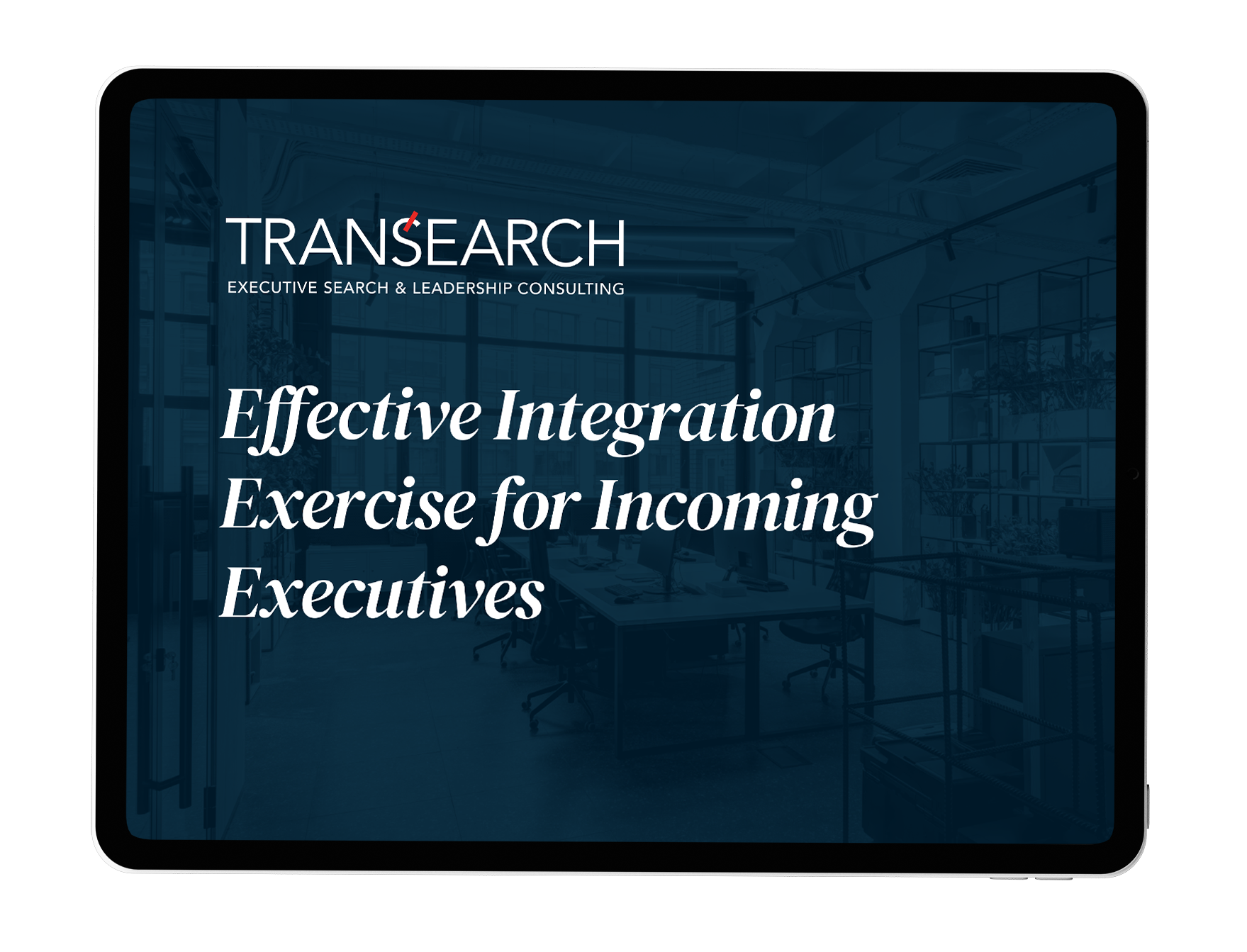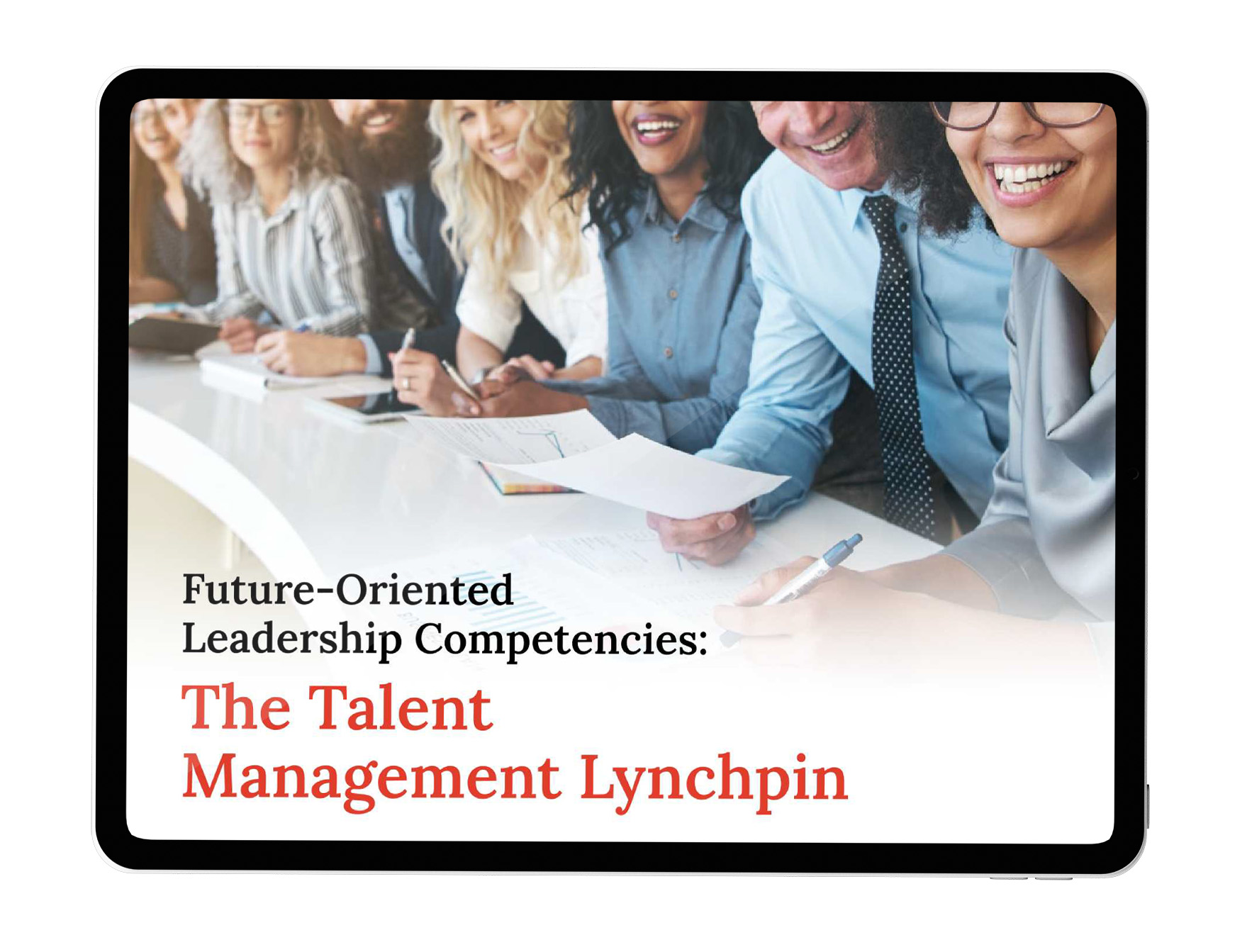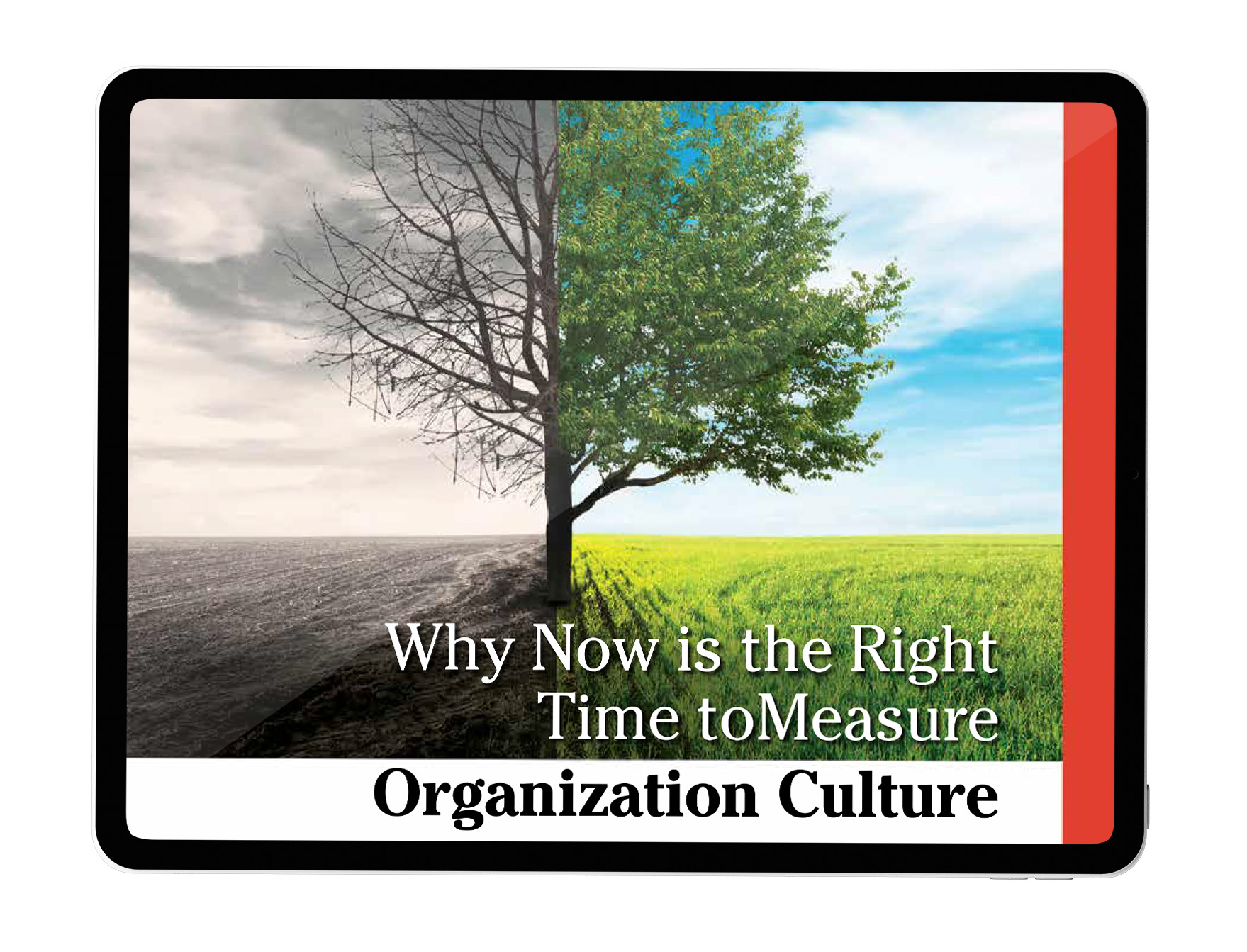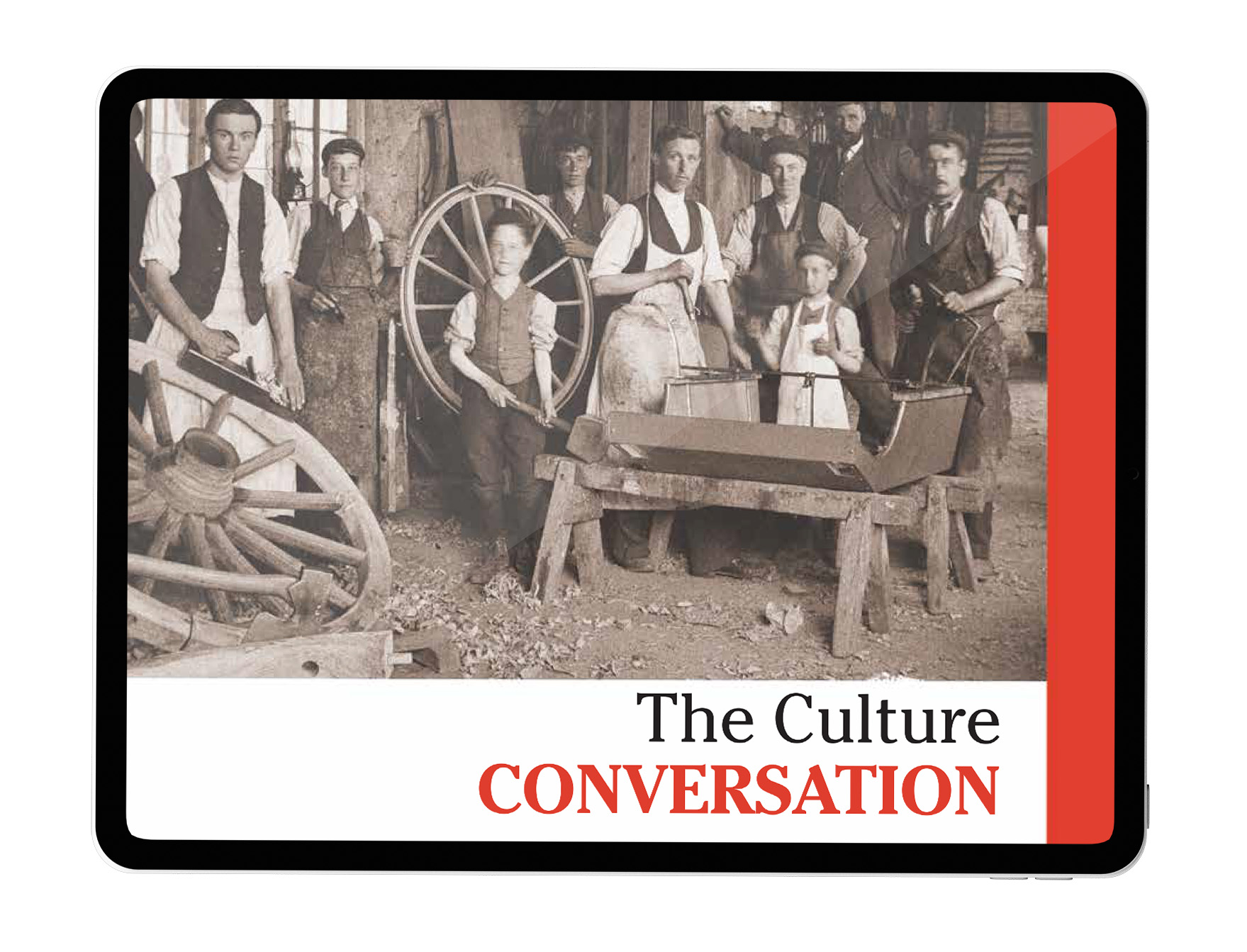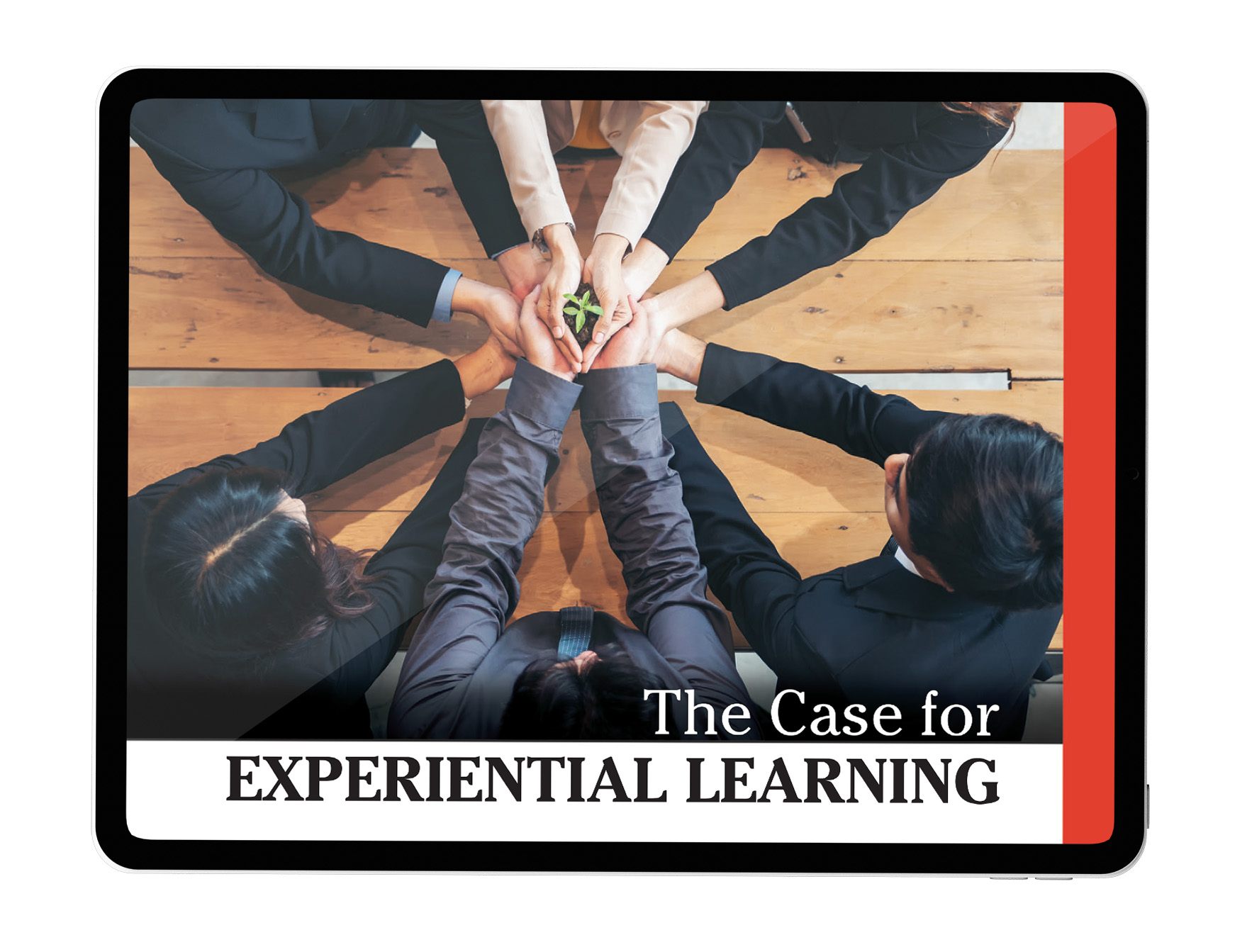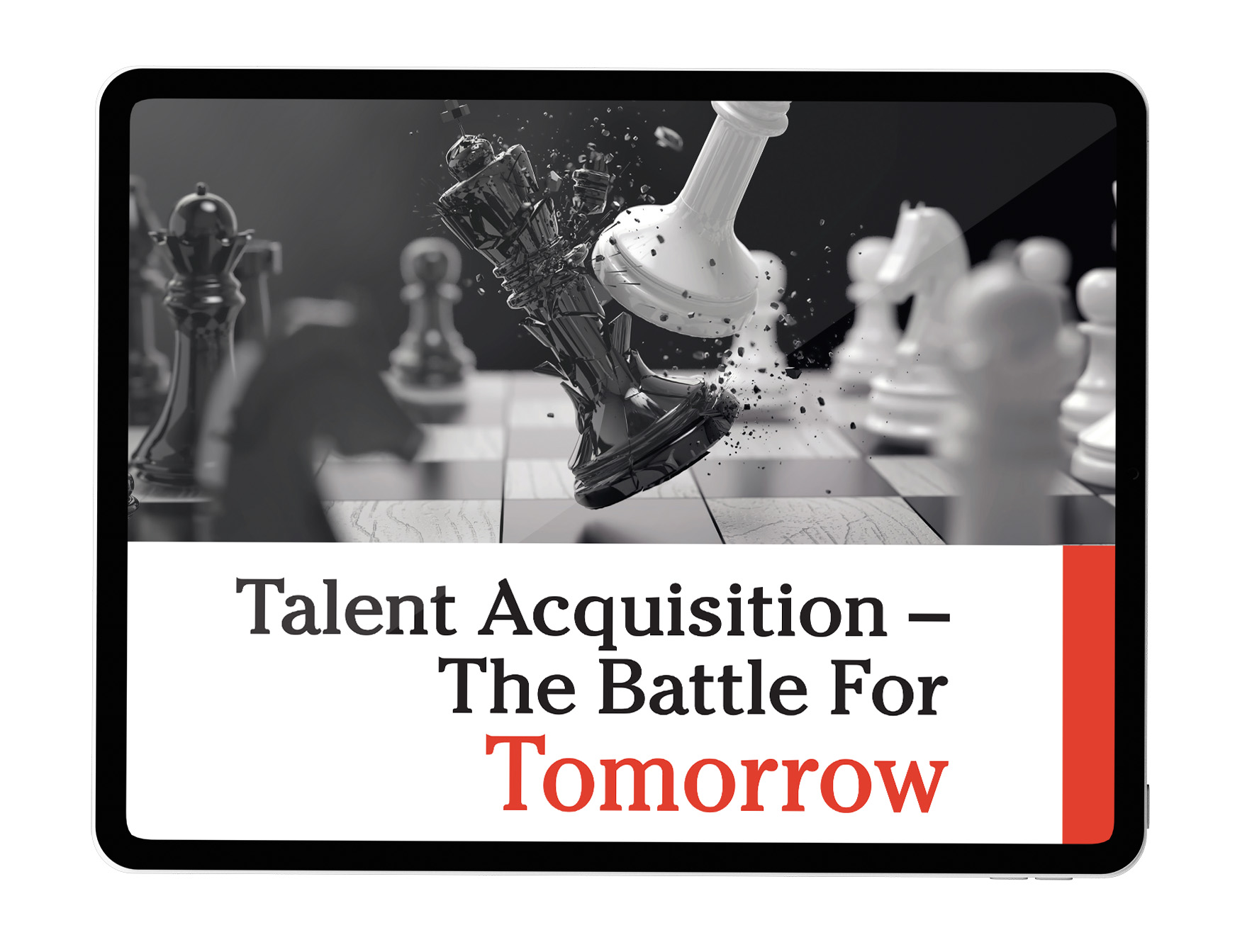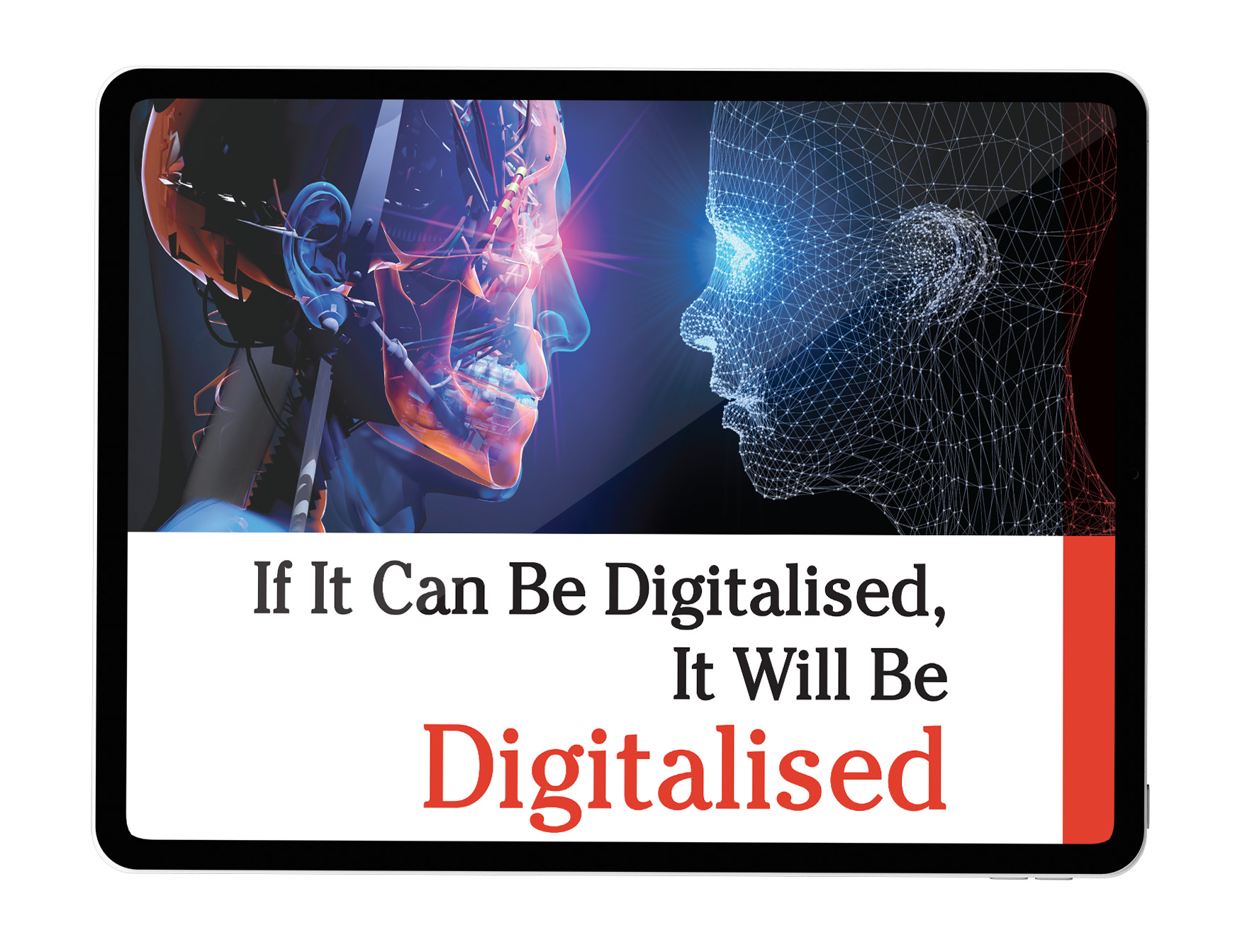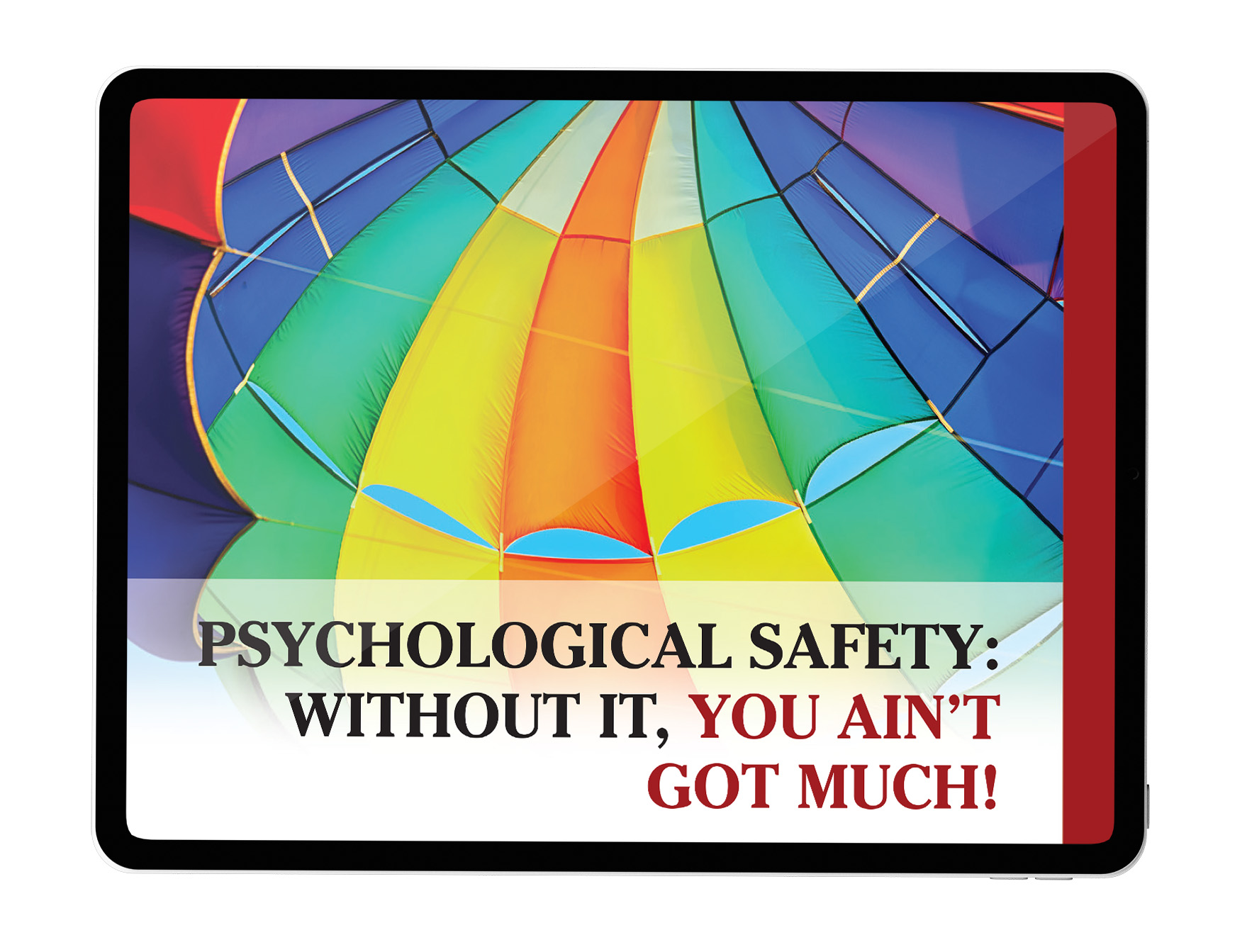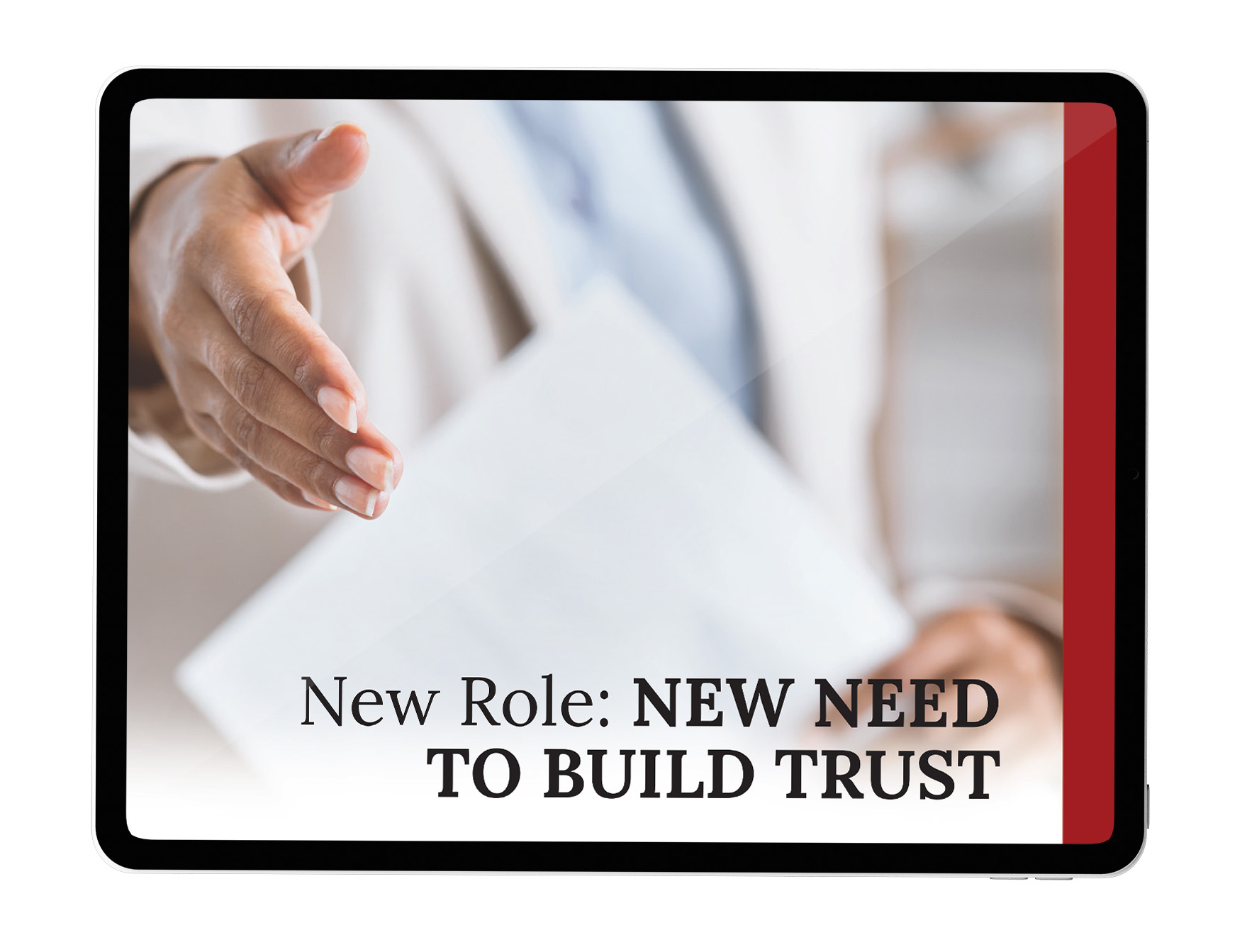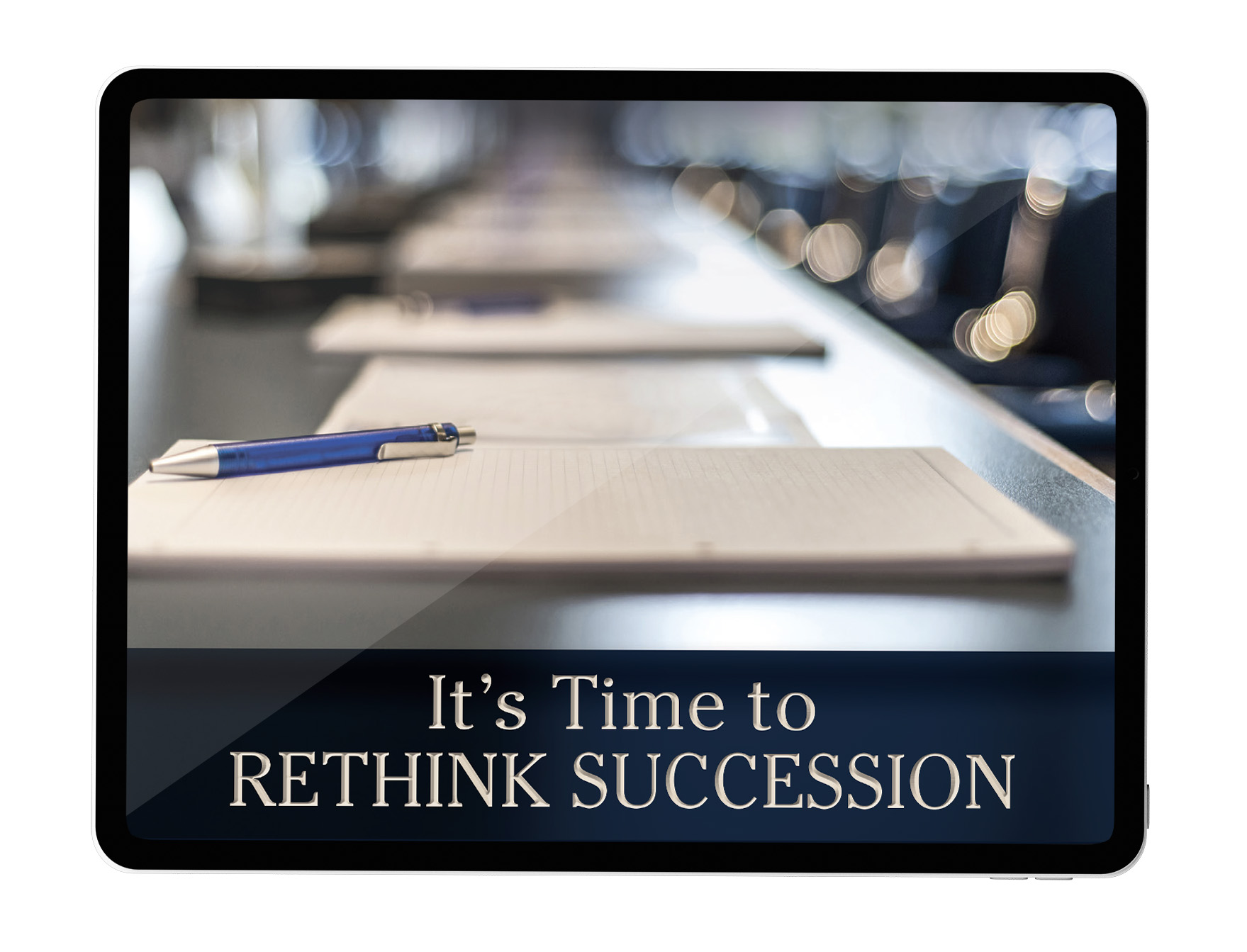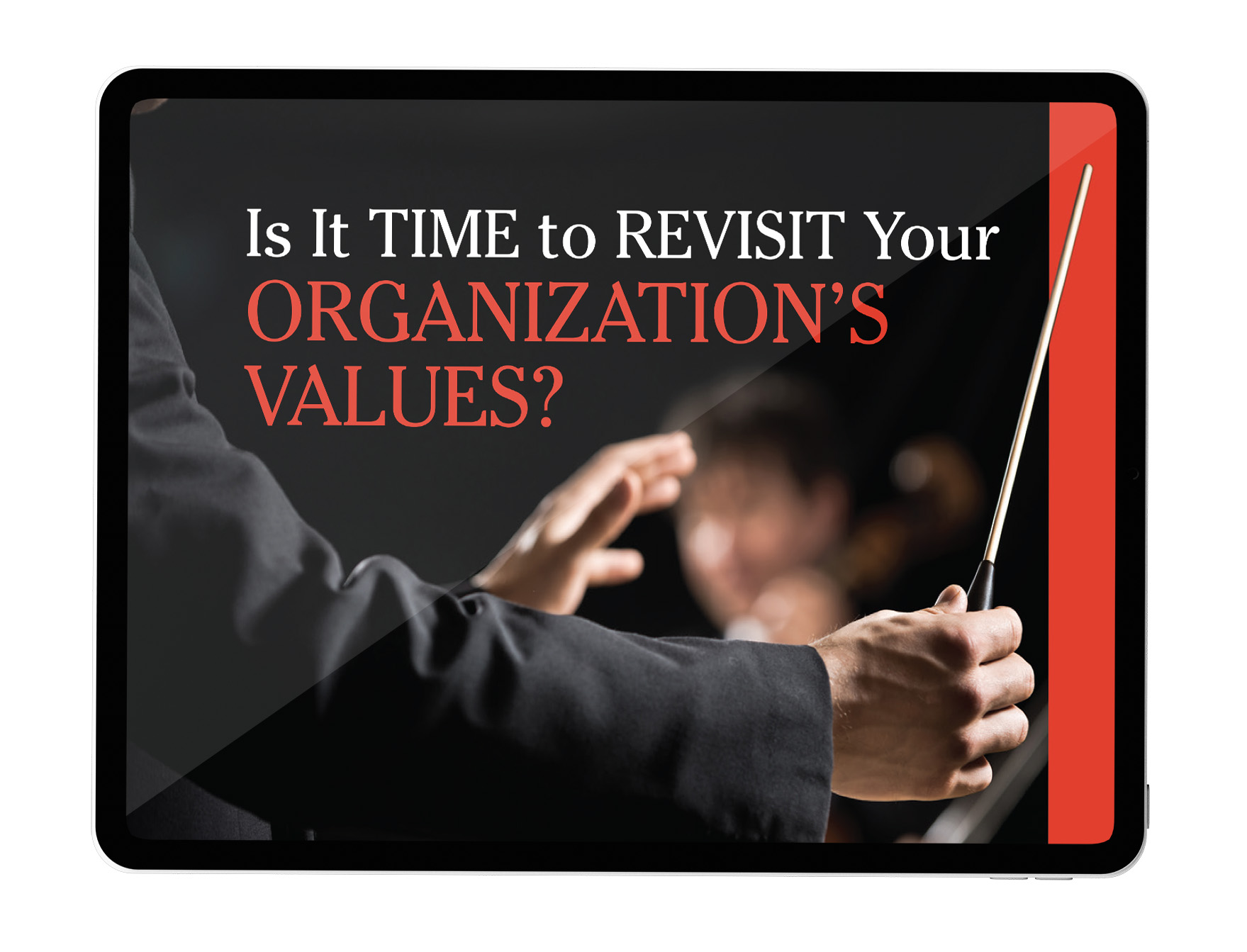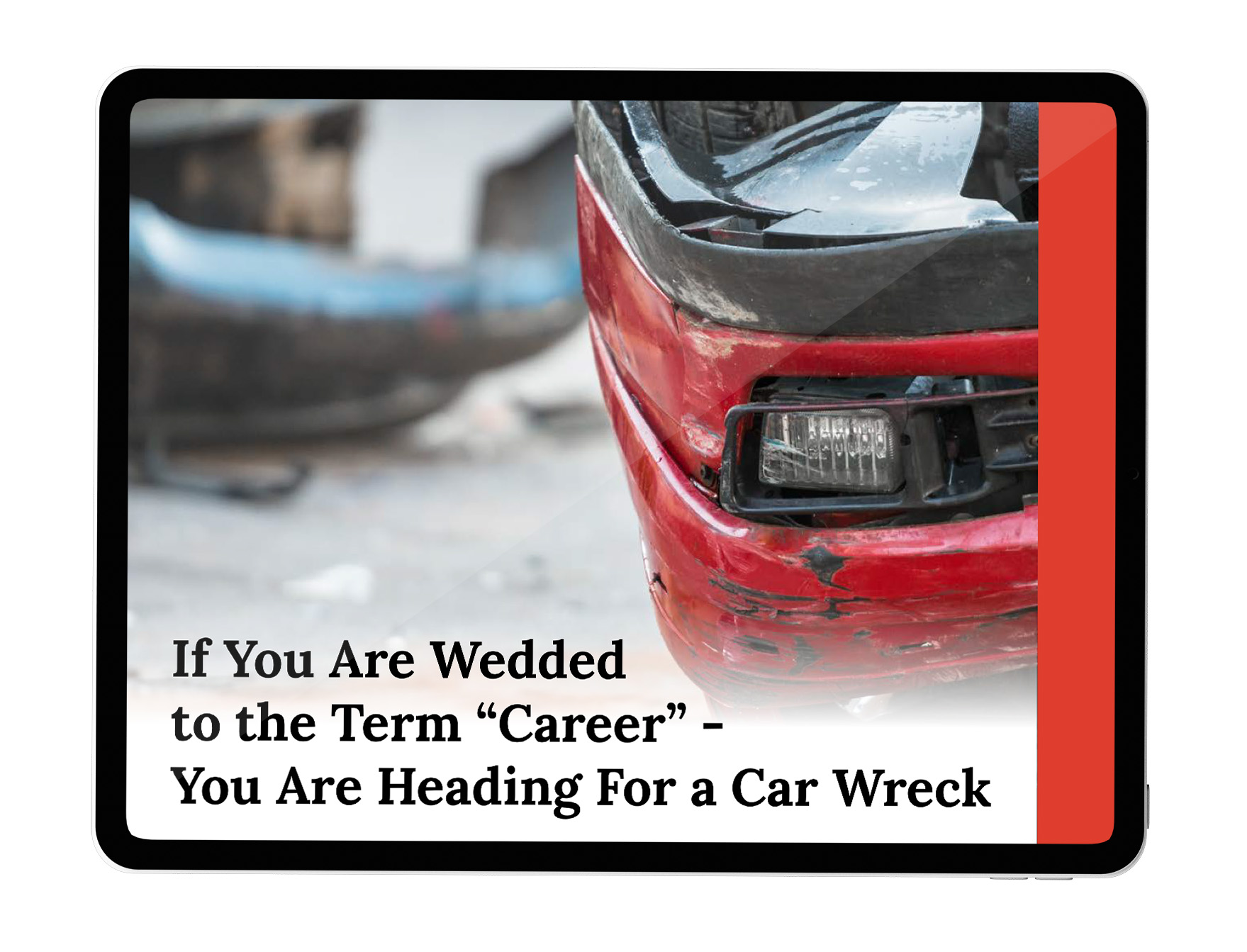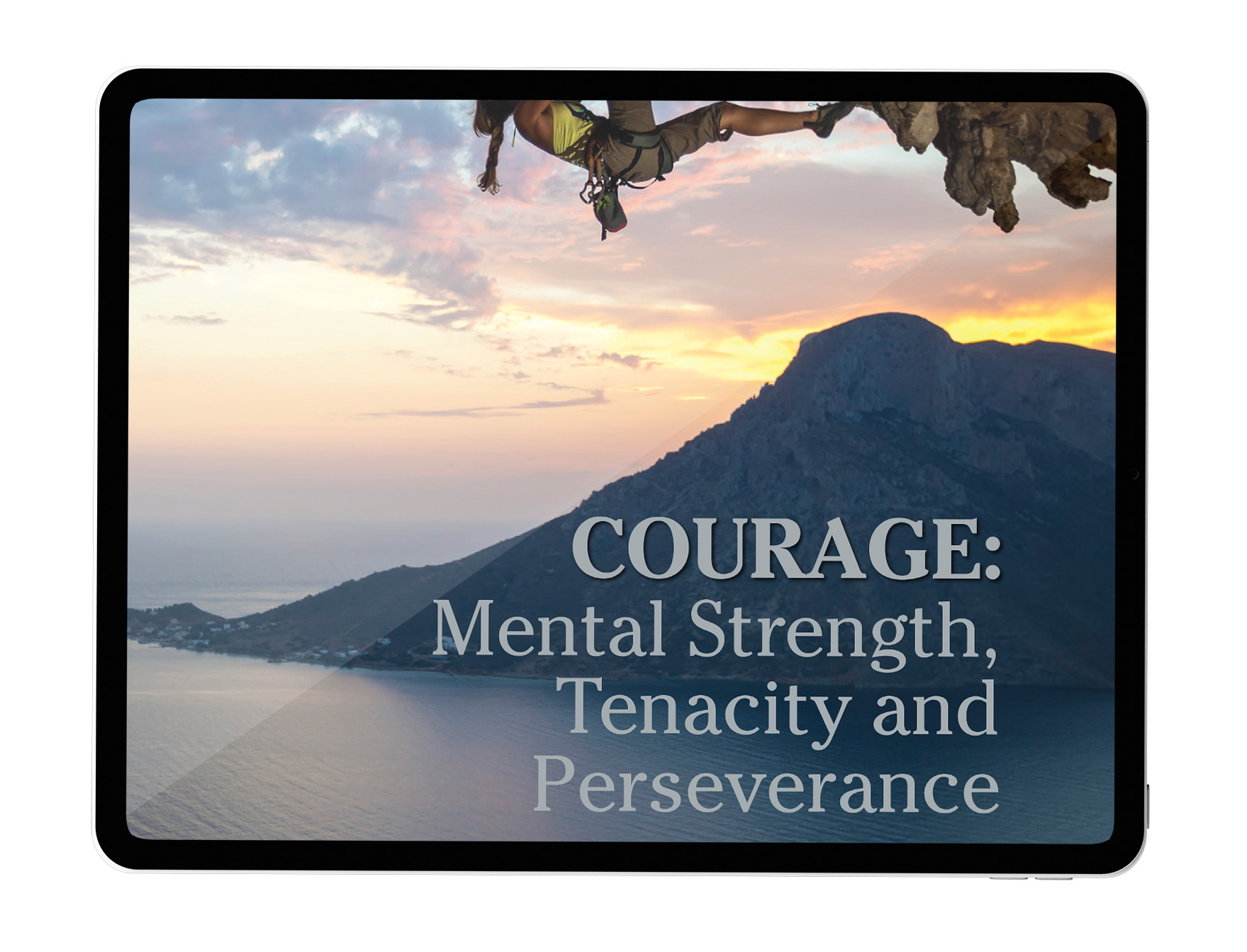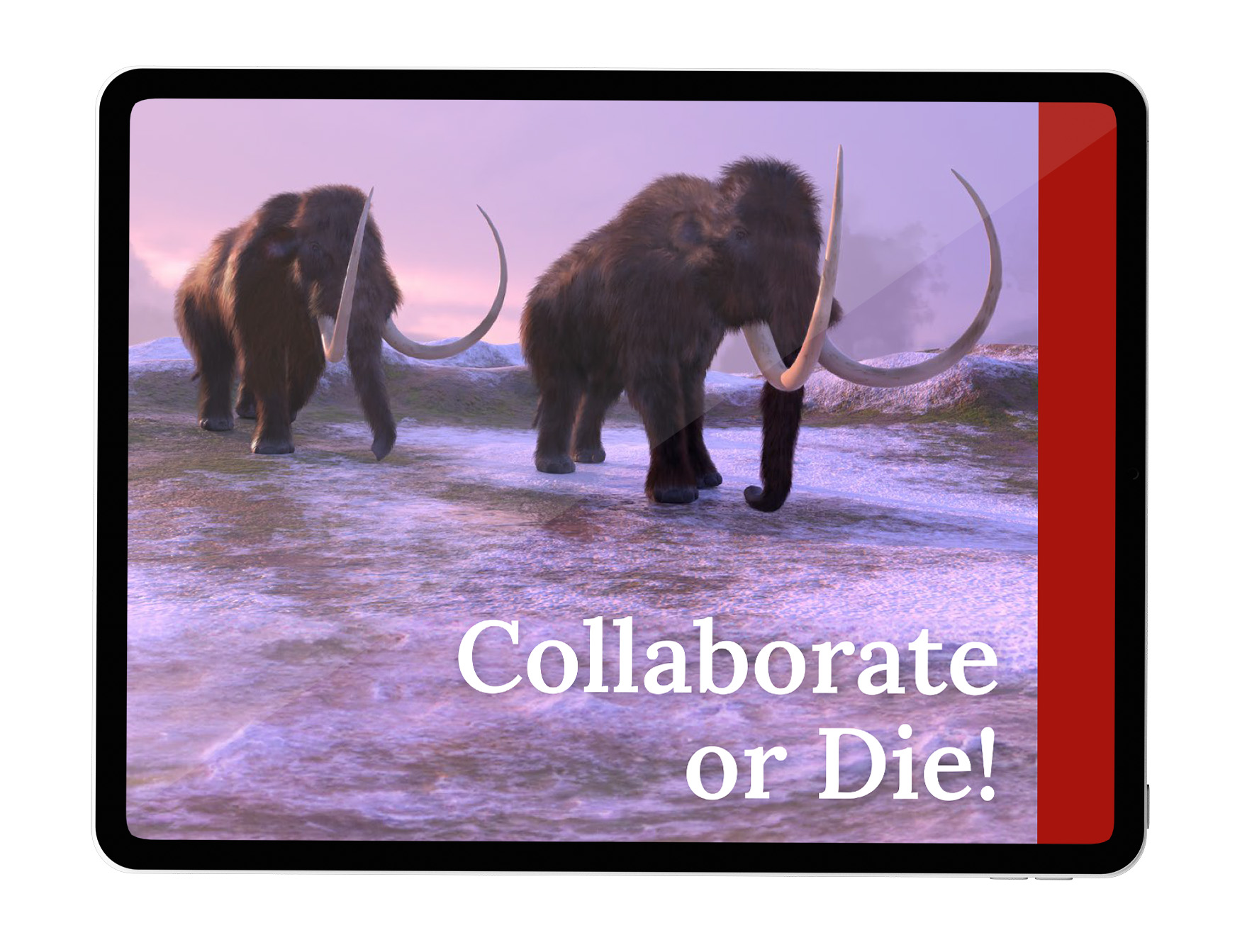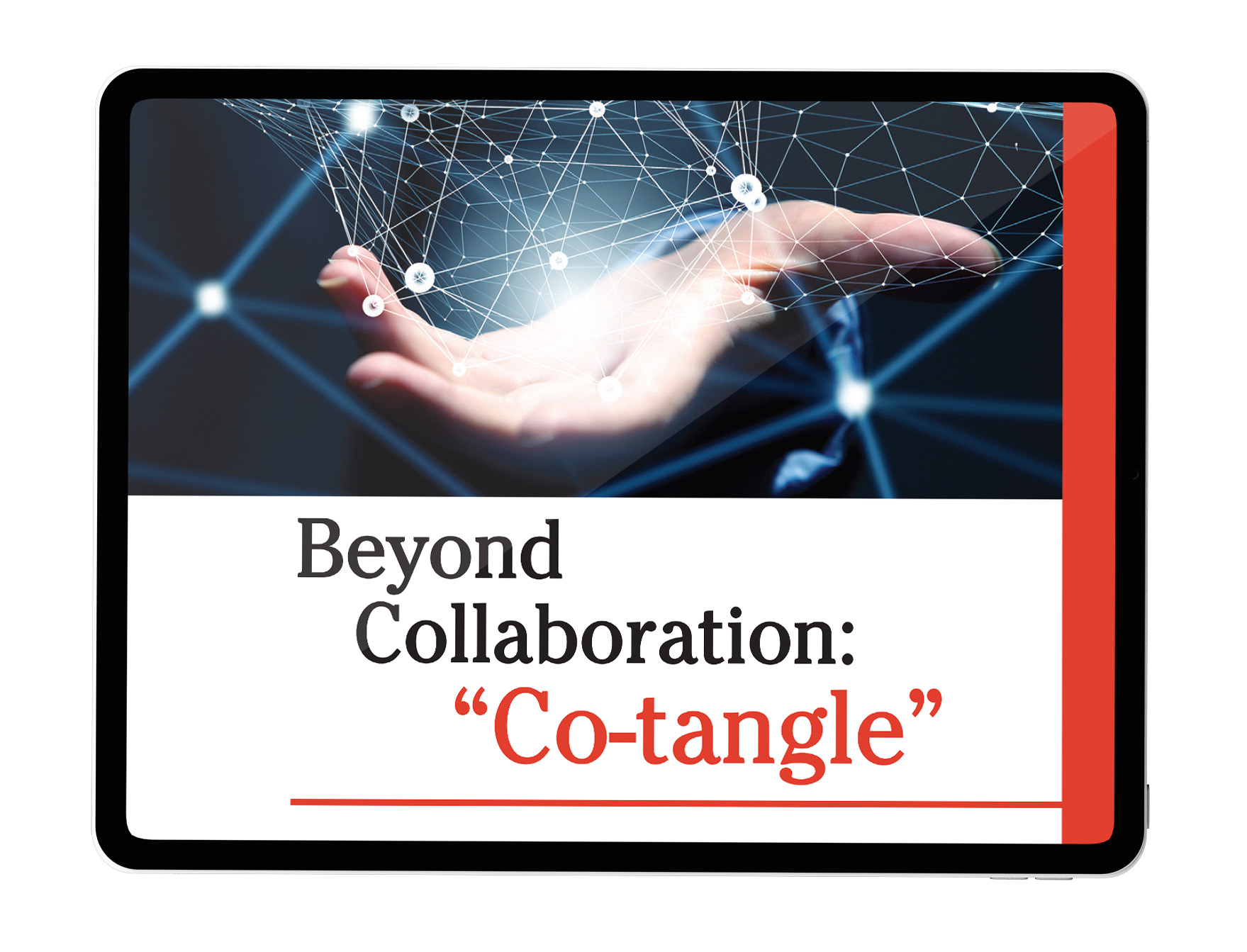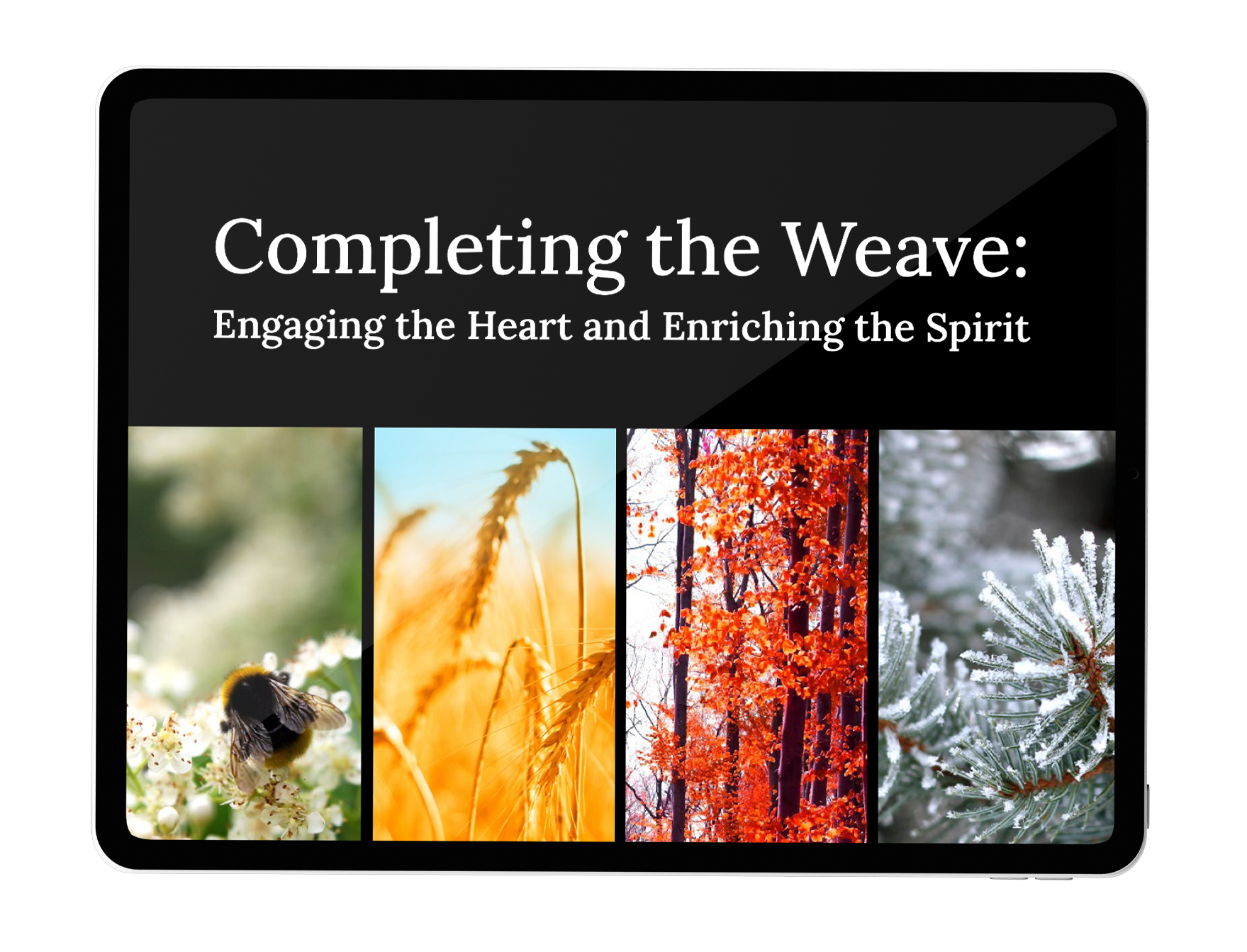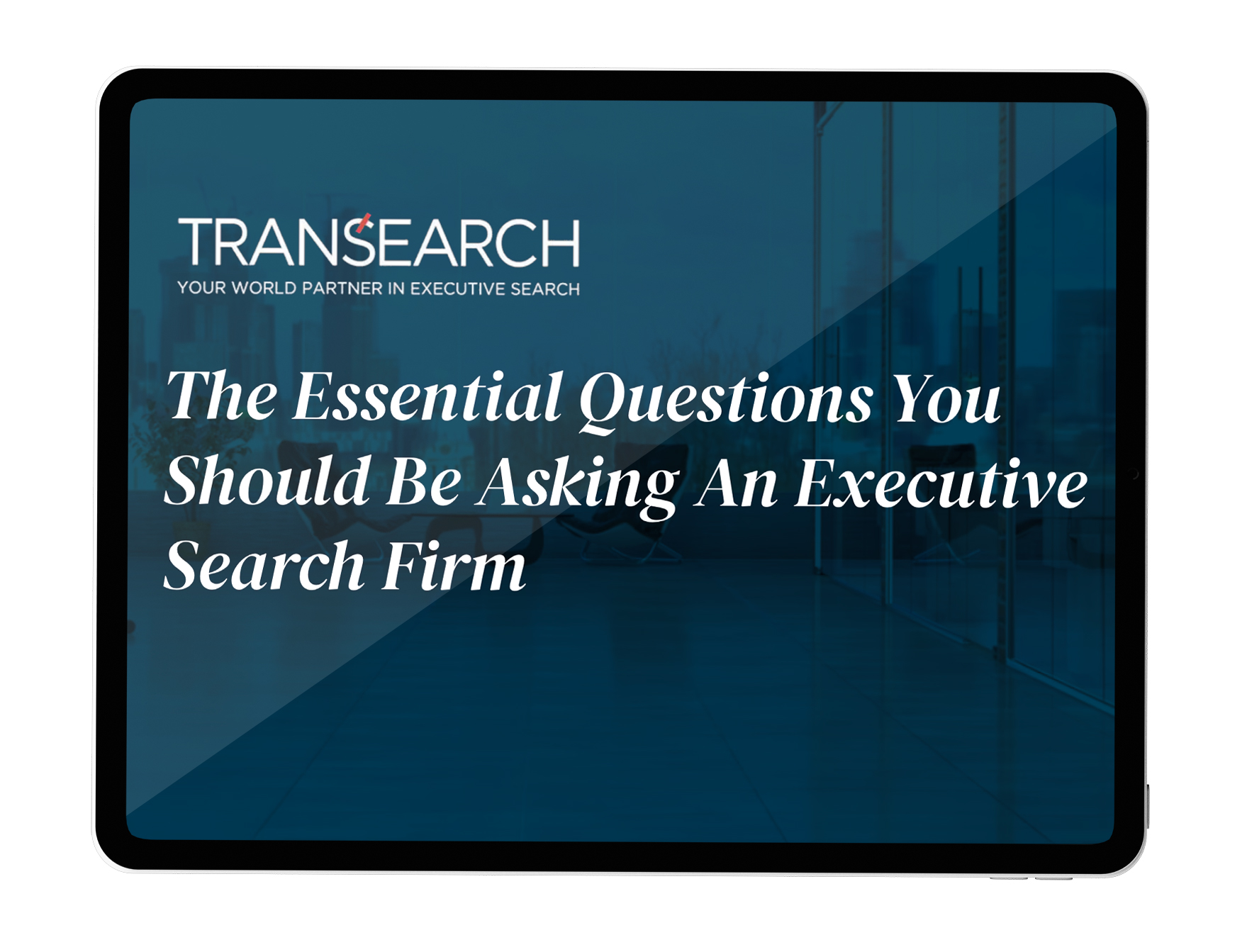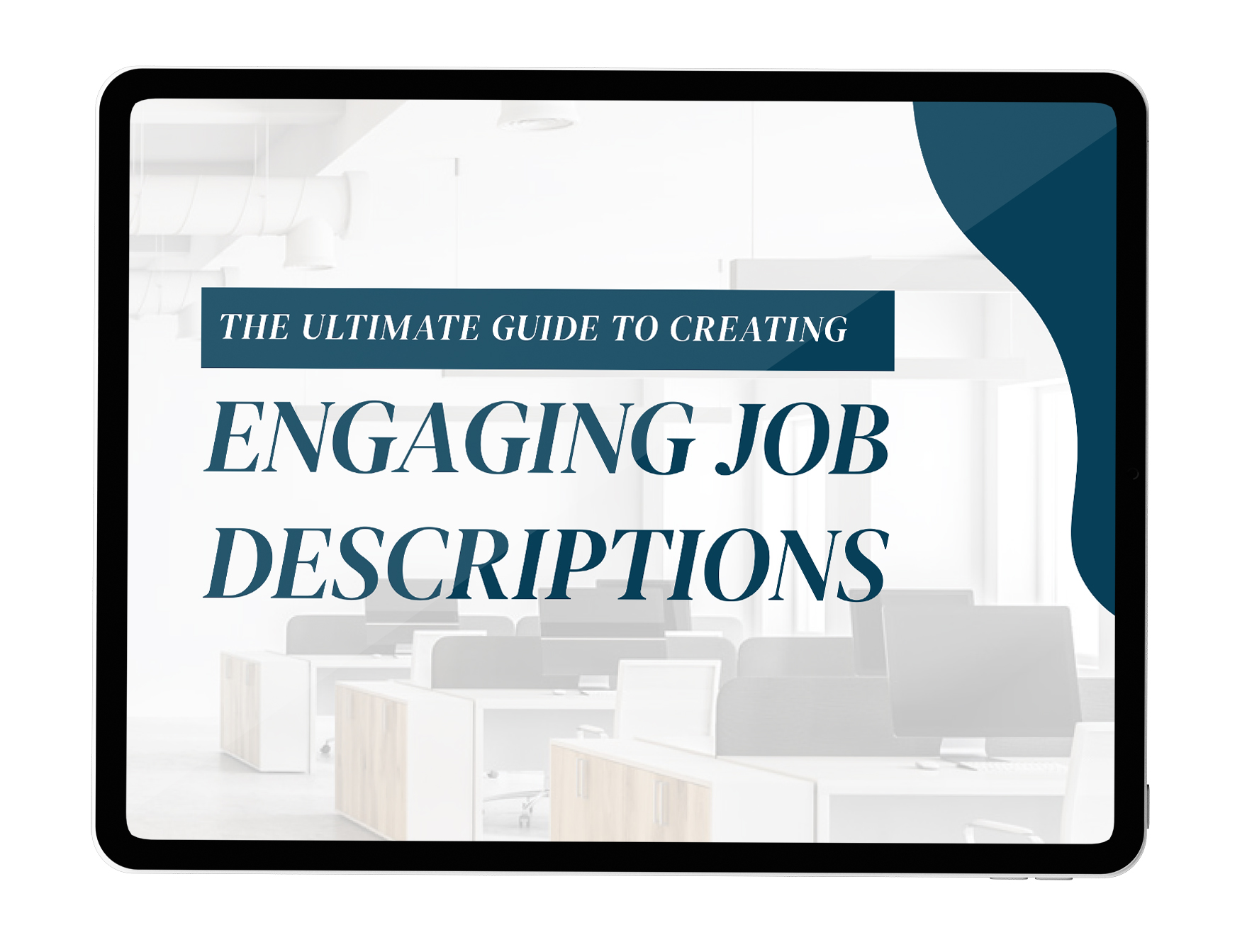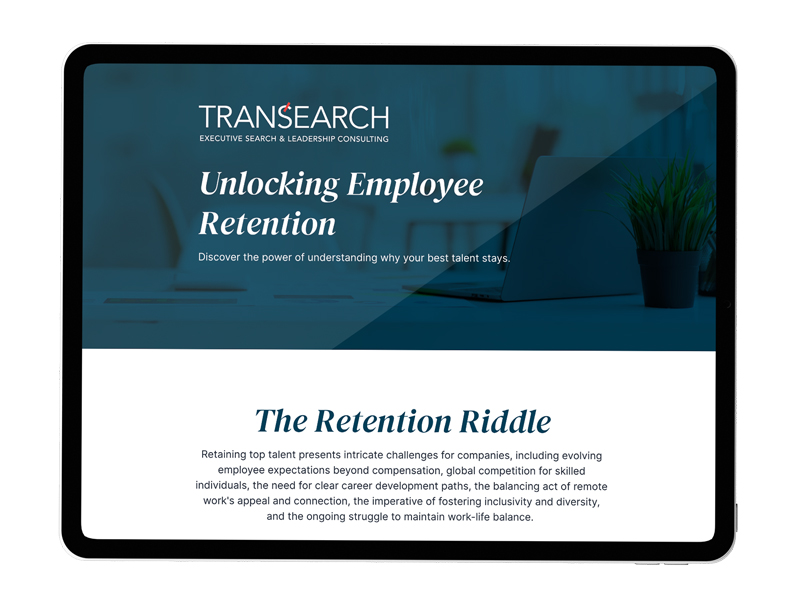How costly is it to hire the wrong person for a leadership role?
A study by renowned economist Eileen Appelbaum and sociologist Ruth Milkman found a bad hire can translate to as much as 213% of a c-suite level employees’ salary.
That figure is enormous. But it may be even higher, as many companies are still recovering from the vestiges of the pandemic, making the role of resilient and dynamic leaders even more vital to a company’s success.
As I wade through the cascading effects a mishire has across an organization, you’ll see it costs not only time, energy and money, but much more.
“The cost of a bad hire is always extensive,” notes the Society of Human Resources Management (SHRM). “If you make a bad hire, there is a ripple effect among all who work for you, your product and your product quality.”
Hits to Productivity & Morale
Executives should be home run hitting employees. Over the last 30 years, PwC reports the number of C-suite roles has tripled, as the competitive landscape in business grows rapidly and organizations need upper deck leaders who can scale, innovate and drive progress.
So, what happens when such a crucial hire turns into a blunder? One of the biggest hits is to productivity. In a recent study from CareerBuilder, productivity levels were shown to drop by 39% as a consequence of a bad hire.
We are all familiar with the expression ‘one bad apple can spoil the whole bunch.’ In the context of a ‘bad apple’ executive, regardless of the form their poor actions on the job take, the impact is usually contagious, infecting entire teams. As more workers feel disengaged, their morale will invariably sink, which in turn reduces commitment to their work. A report found that hiring mistakes can reduce team morale by 27%.
Loss of Employees & Customers
People leave bosses not companies. It’s an old an adage, but it absolutely rings true to this day. To that end, a study by global leadership consulting firm DDI found 57% of employees have left a job because of issues with the leader they report to.
Indeed, one of the colossal errors we see with executive mishires is their proclivity to manage people poorly, which pushes employees to quit. “How leaders manage their emotions and how they make other people feel are the strongest drivers of talent retention,” noted Stephanie Neal, director of DDI’s Center for Analytics and Behavioral Research (CABER).
When employees run for the exit doors, a chain reaction takes place. Projects aren’t completed. Team performance and quality suffers. And it isn’t long before customers start seeing service levels slide. “Bad hires, especially those who are client-facing, can damage relationships if customers are not treated well, and relationships are not easy to rebuild once trust has been broken,” reveals Entrepreneur Magazine.
Mishires at the top levels of a business can cause harm in a myriad of additional ways. Damaged industry and consumer reputation. A weakened brand. Increases in stress levels. Burnout. The list goes on.
While there is no guarantee a c-suite leader will live up to expectations, the costs of getting it wrong are clearly astronomical.
Many organizations hire the wrong leaders because they lack the sophisticated methodology and resources required. One of the key solutions to avoid this pricey pitfall is to consider retaining an executive search firm. They are armed with the latter and have consultants who specialize in specific industries, which enables them to streamline the recruitment process. In the end, their expertise could save you months of work and a significant amount of money, all while finding you the right person to help lead your business.
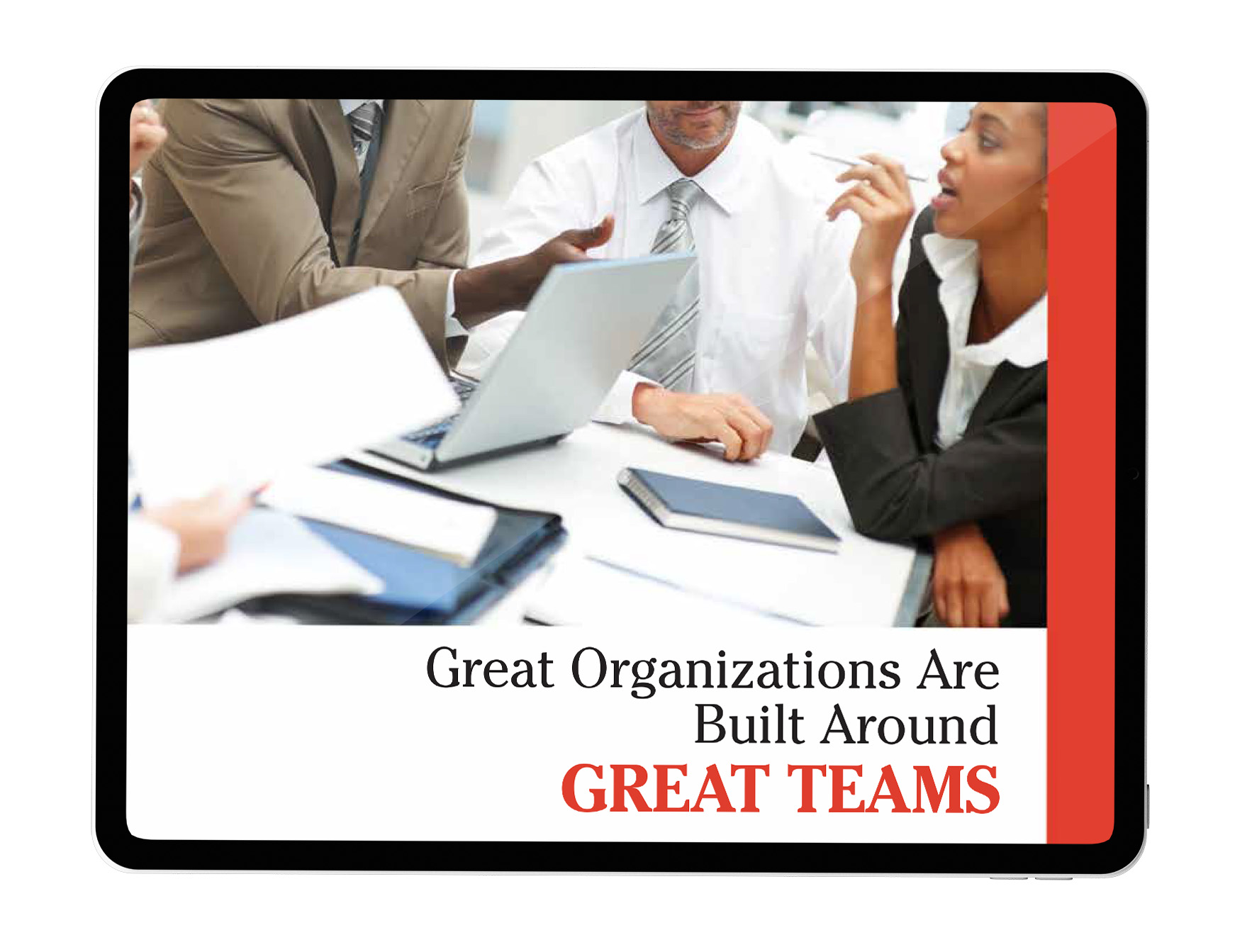
Great Organizations Are Built Around Great Teams
Four million years ago, we were the masters of our domain—the humble tree. Life on the ground was more dangerous, but Terra firma expanded our ability to forage for food. Discover how these early adaptations paved the way for the development of complex societies and technological innovations in our latest article.





















